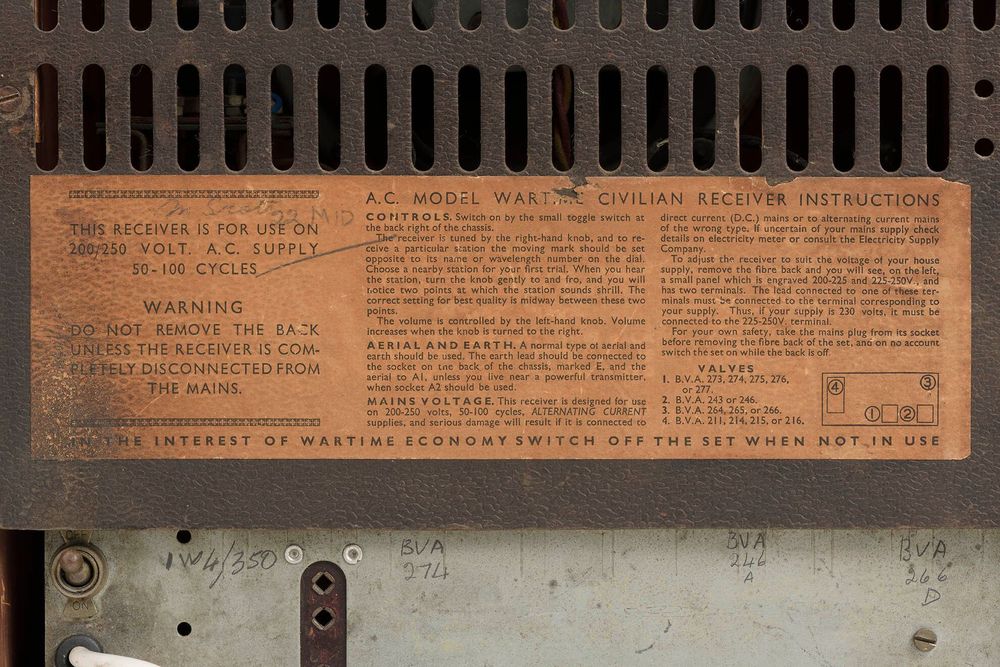Colchester Museums
@colmuseums.bsky.social
15K followers
970 following
2.9K posts
We're renowned for Romans, cuckoo about clocks and wild for animals! Custodians of Colchester Castle, Hollytrees Museum and Colchester's Natural History Museum.
Posts
Media
Videos
Starter Packs
Reposted by Colchester Museums























